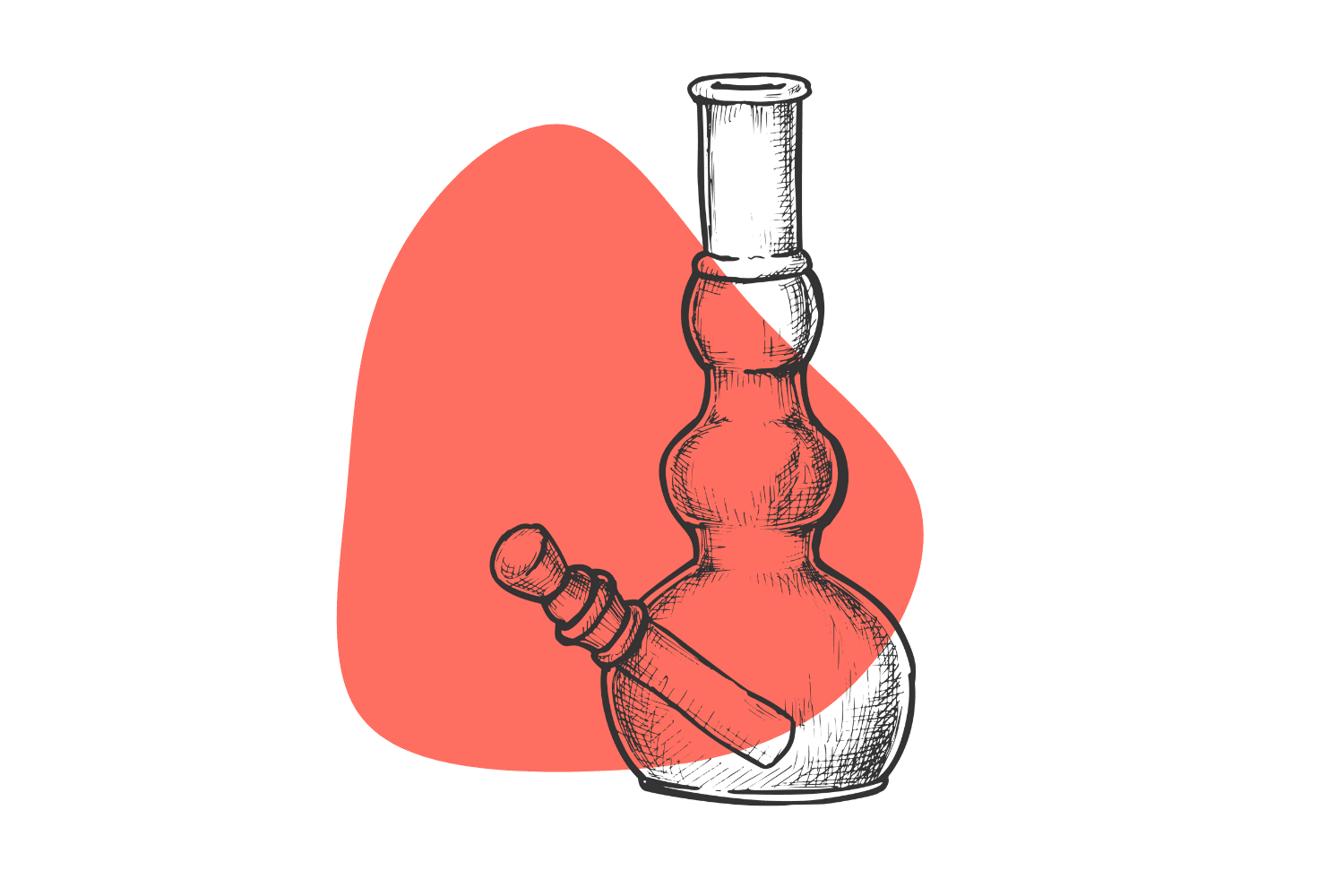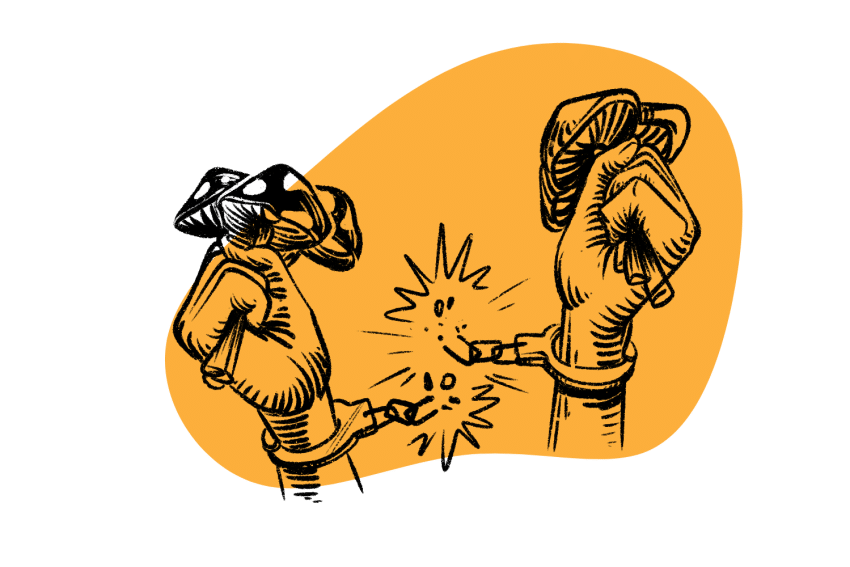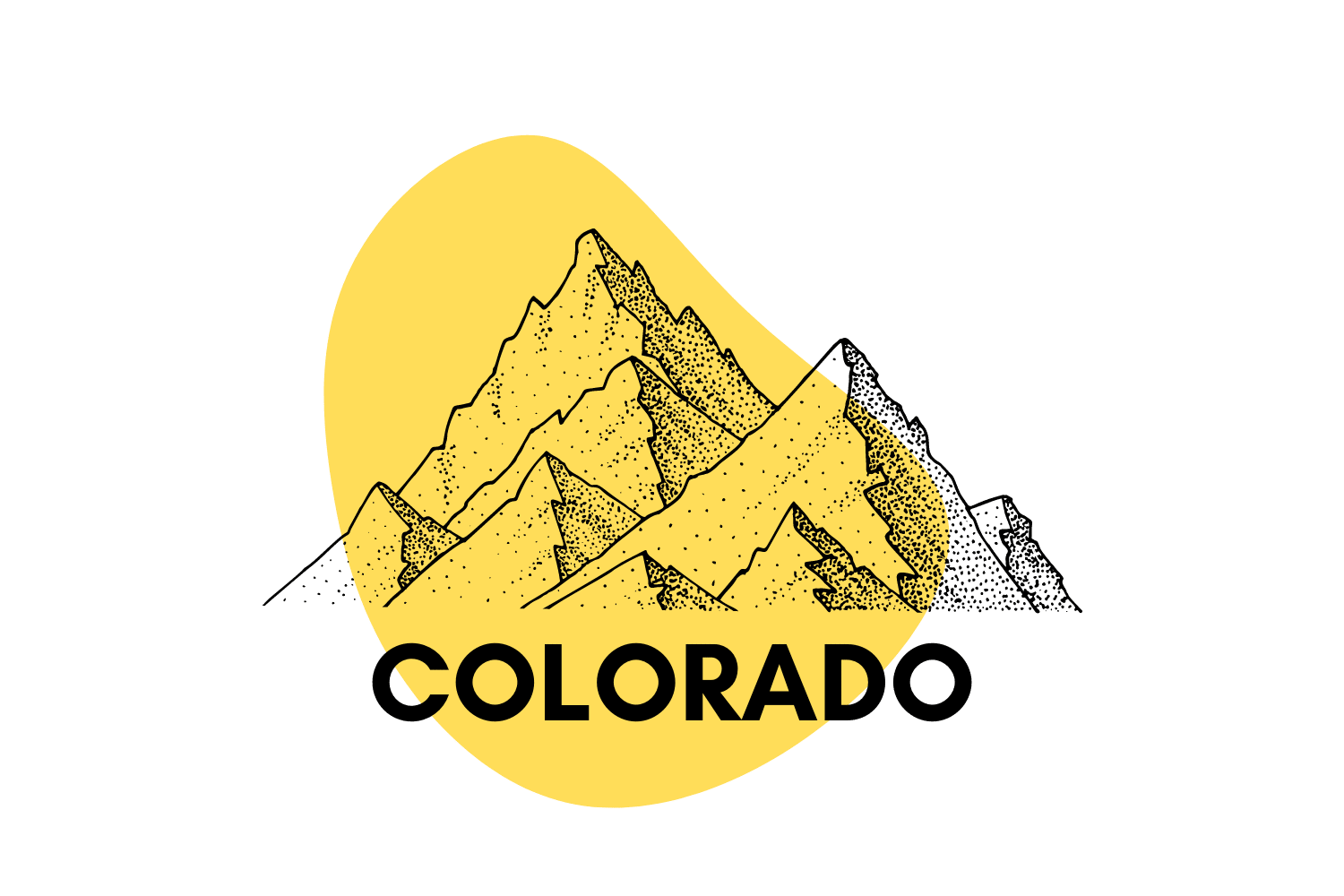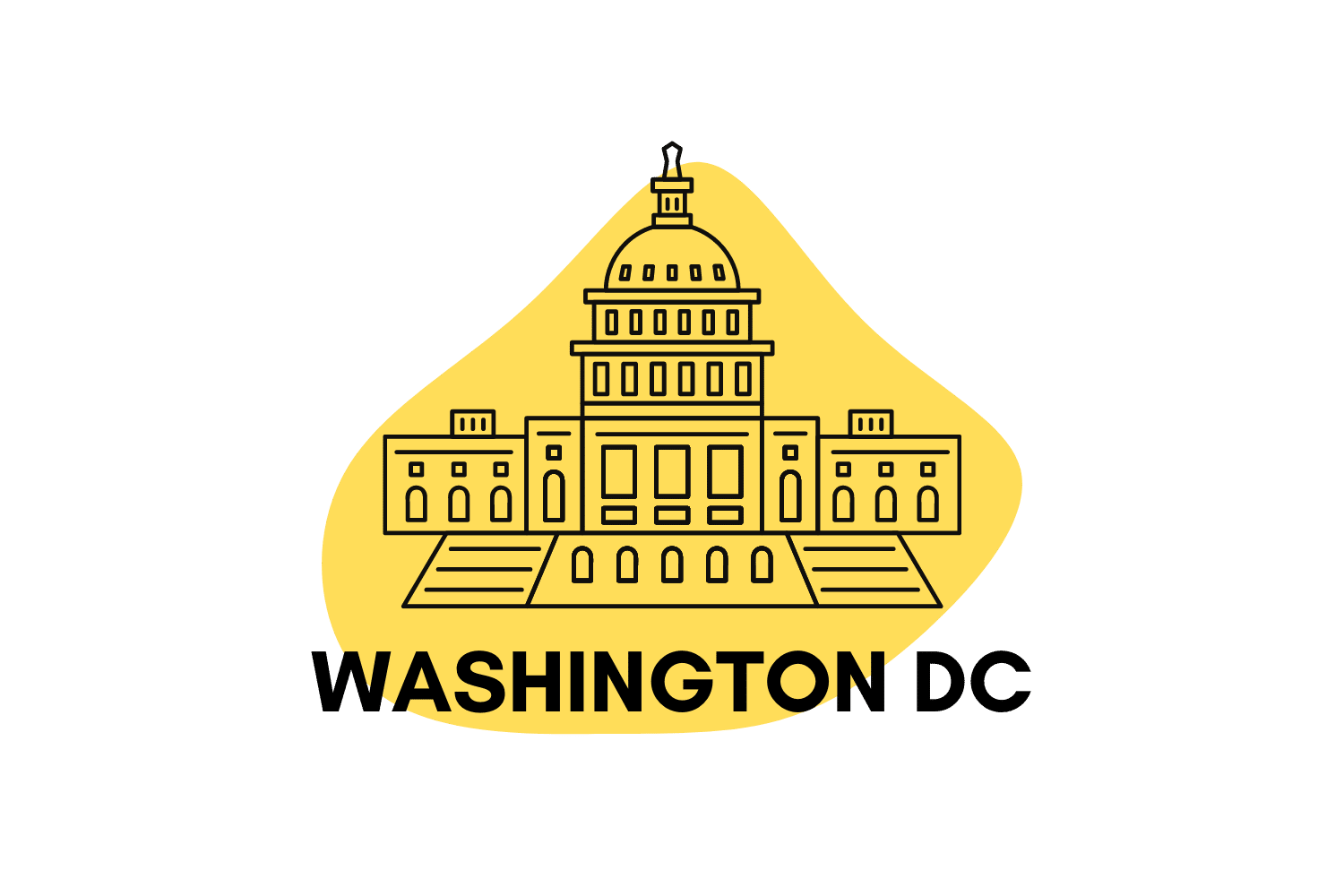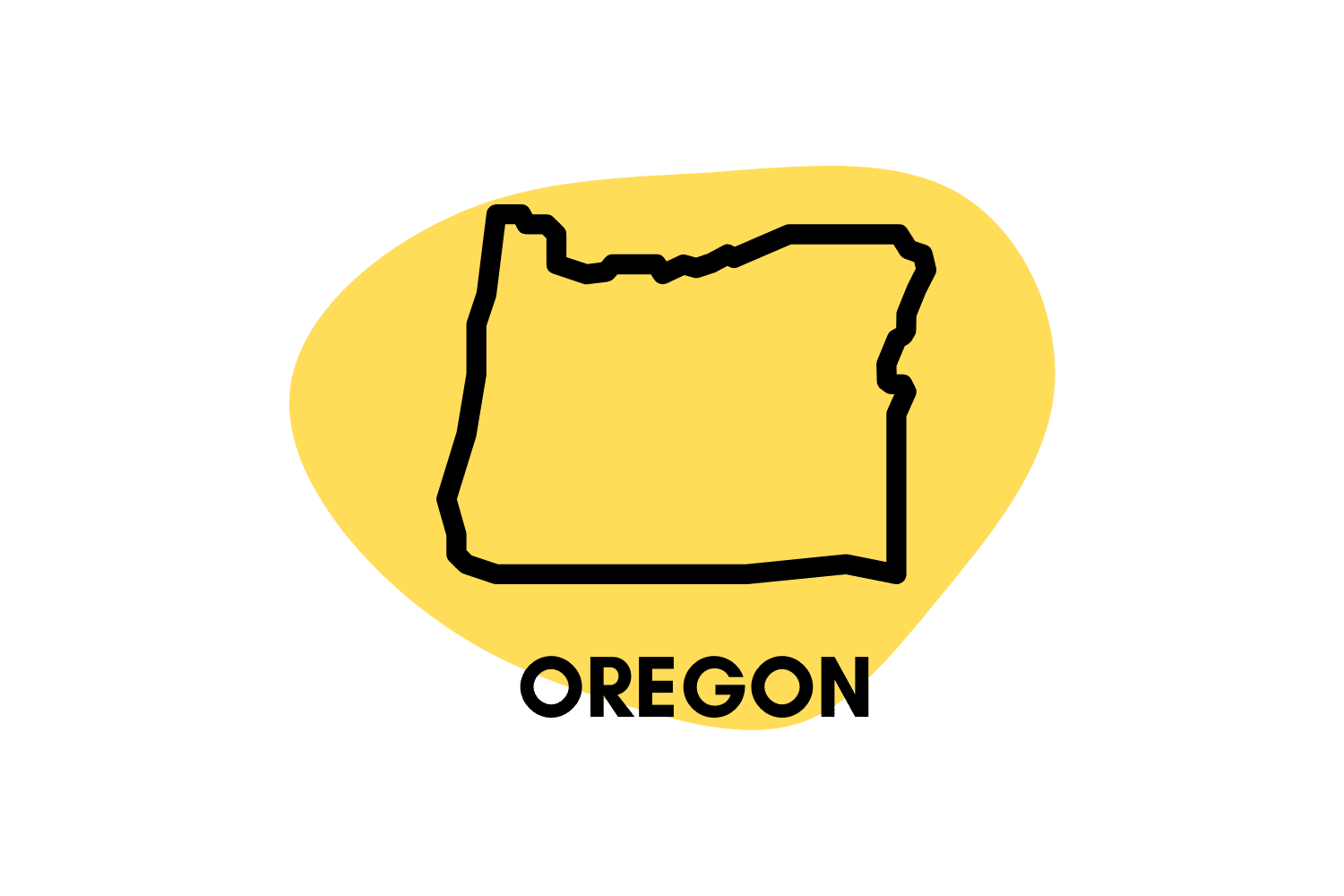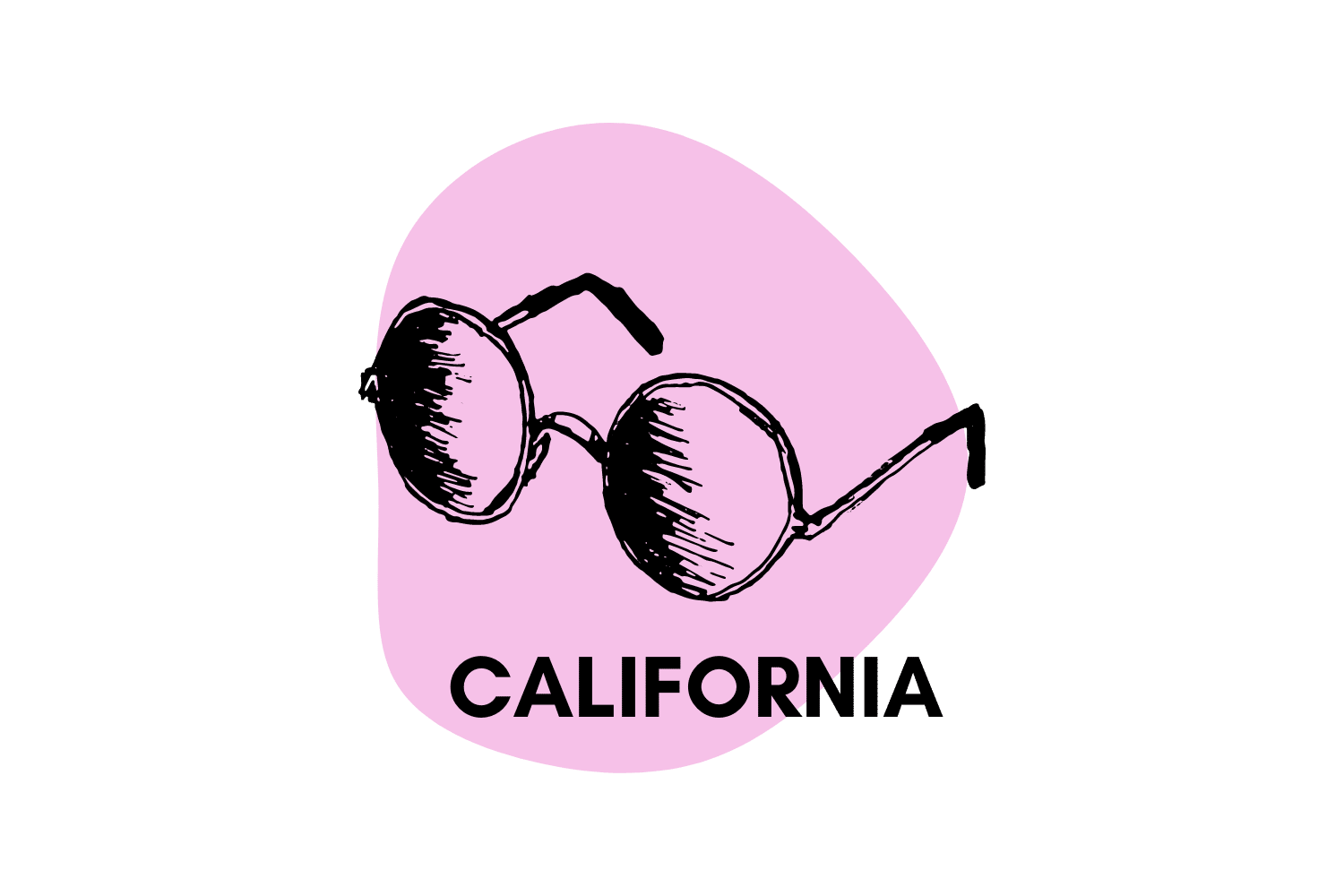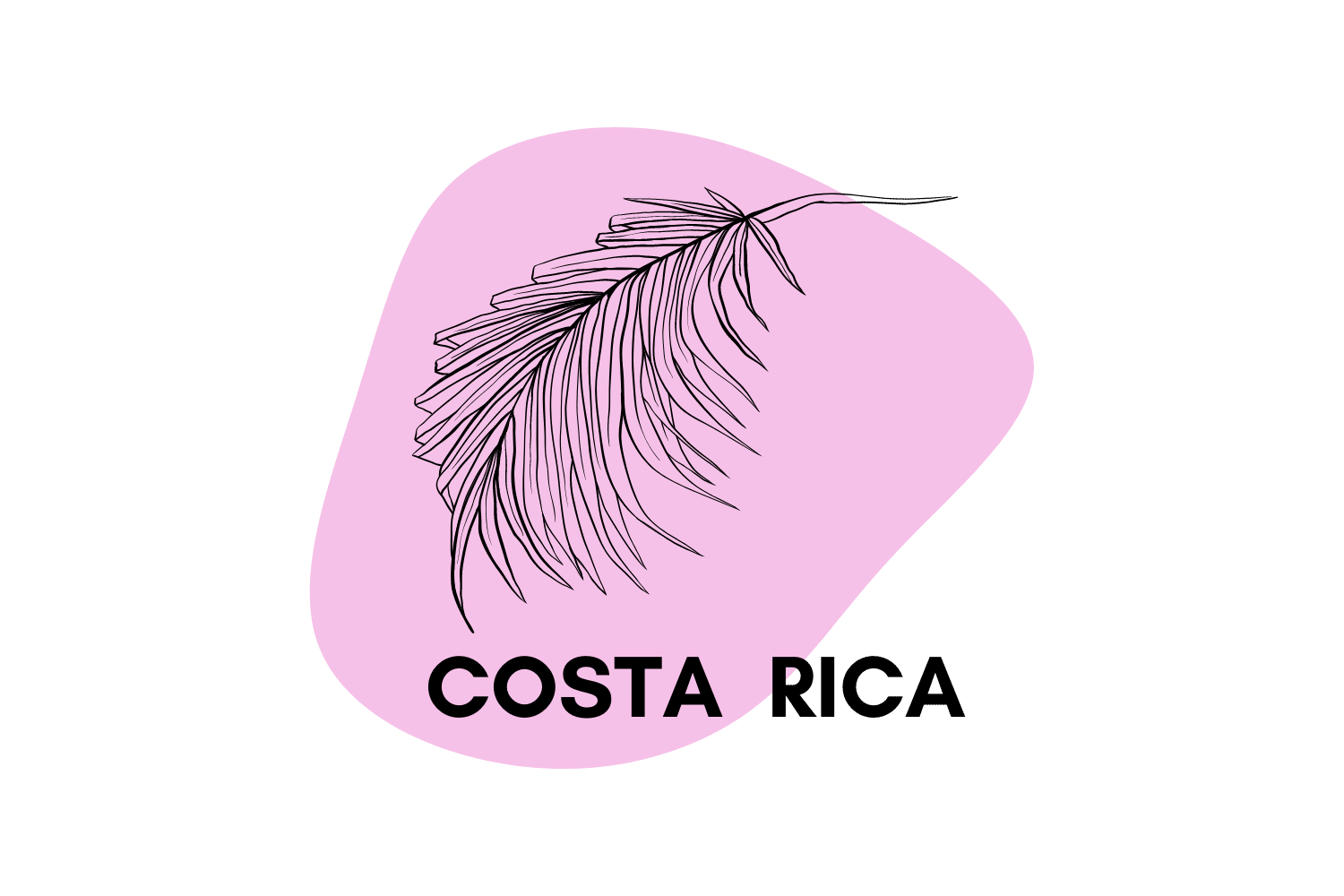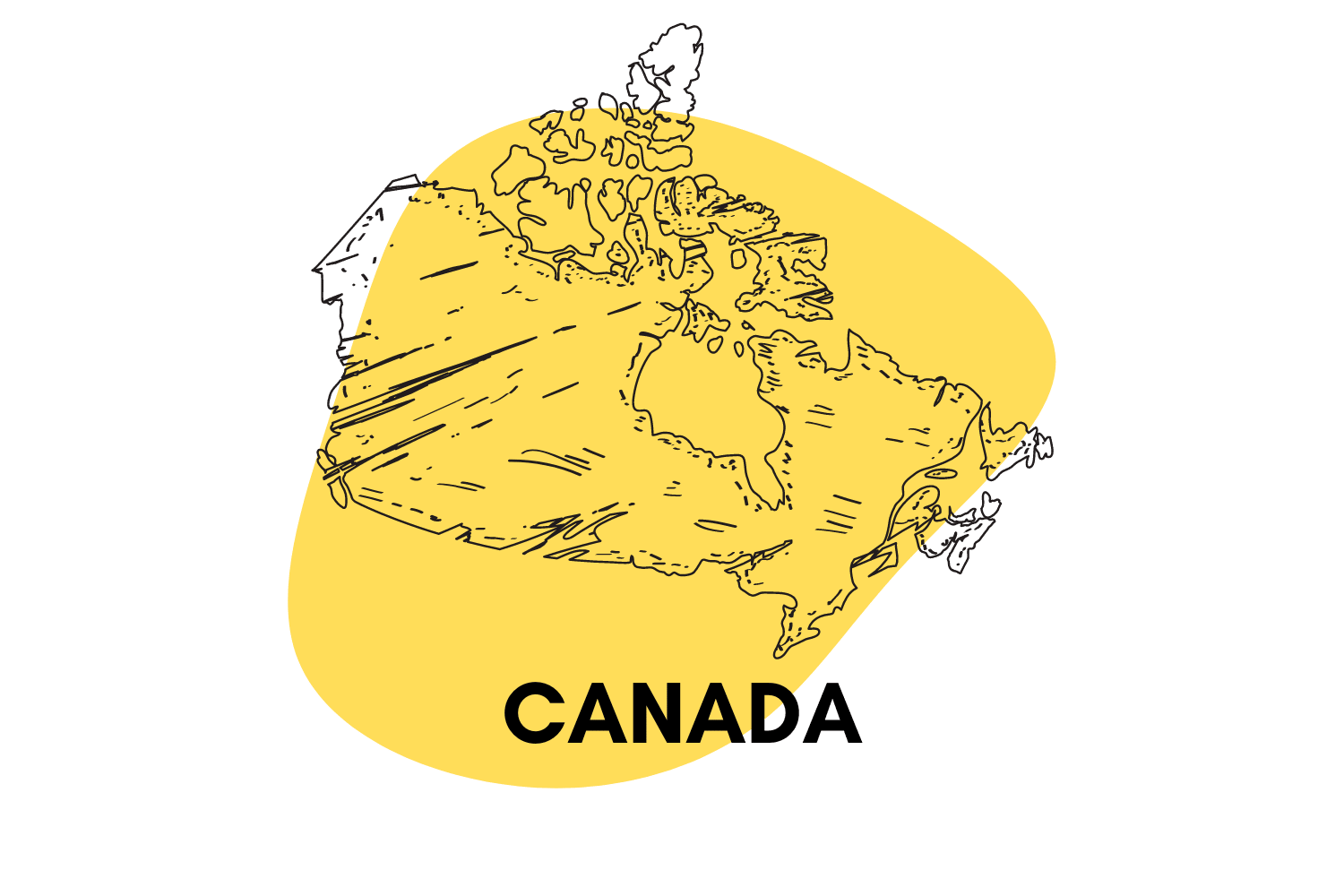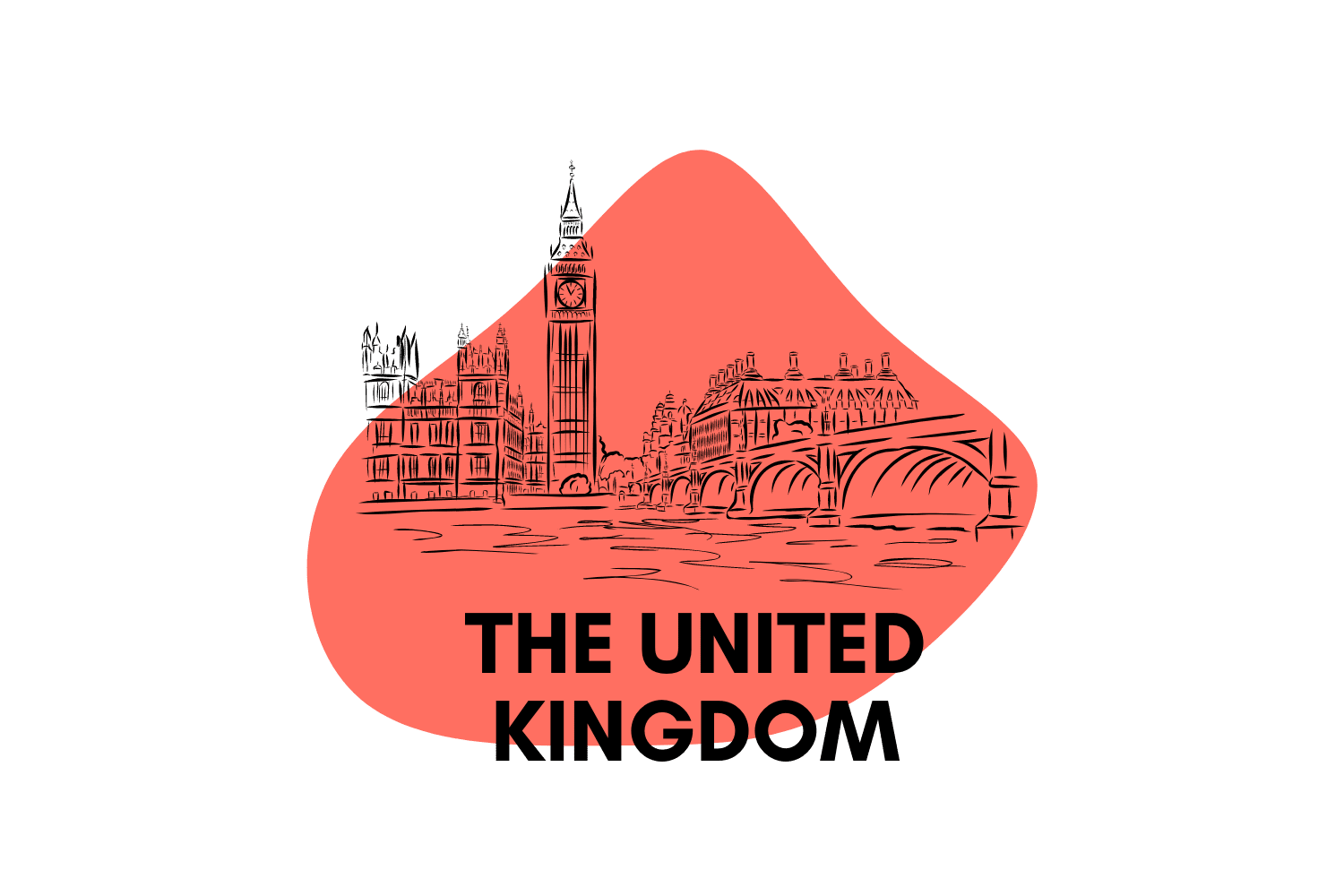Psychedelic Drug Laws in Serbia
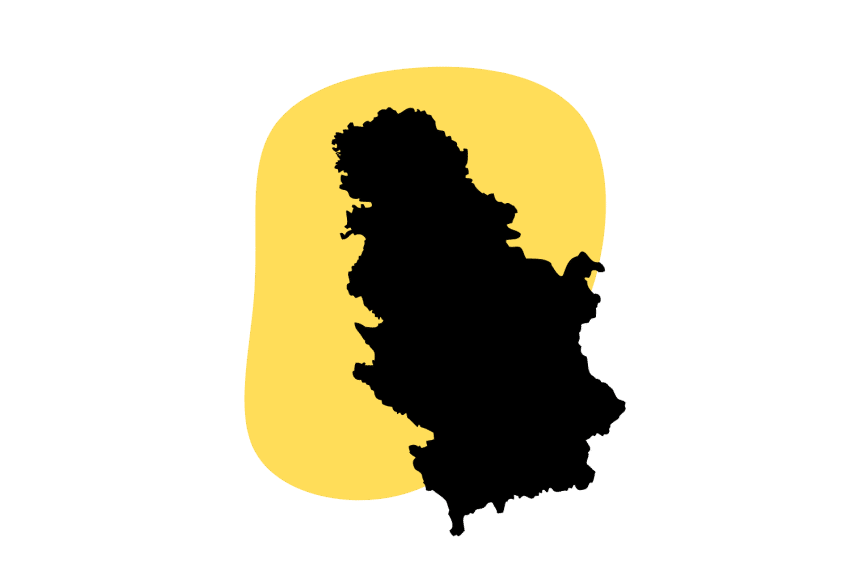
Contrary to what most people believe, psychedelics have impressive therapeutic potential when accompanied by therapy. However, most of them are illegal worldwide, including in Serbia.
This article will delve into the legal status of some of the most common psychedelics in this country. We’ll also cover magic mushroom species growing in the wild here.
Summary of Psychedelic Drug Laws in Serbia
- Psychedelics are illegal in Serbia
- The penalties for possessing a controlled substance can be of up to ten years in prison, depending on the amount
- You can find many species of magic mushrooms throughout the country
- Marijuana is illegal both for medical and recreational purposes
Are Magic Mushrooms Legal in Serbia
No, magic mushrooms are illegal in Serbia.
The Serbian Law on Controlled Substances prohibits most psychedelics, including psilocybin.
According to article 246a of the Serbian Penal Code, you can be imprisoned for up to three years for possessing any of these substances. Also, should the court consider the amount you were carrying large enough, you can go to jail for up to ten years.
Despite psilocybin being illegal in most parts of the world, recent studies prove its therapeutic potential. Johns Hopkins Medicine even advocates for its reclassification.
Related: Legal Status of Magic Mushrooms Around the World.
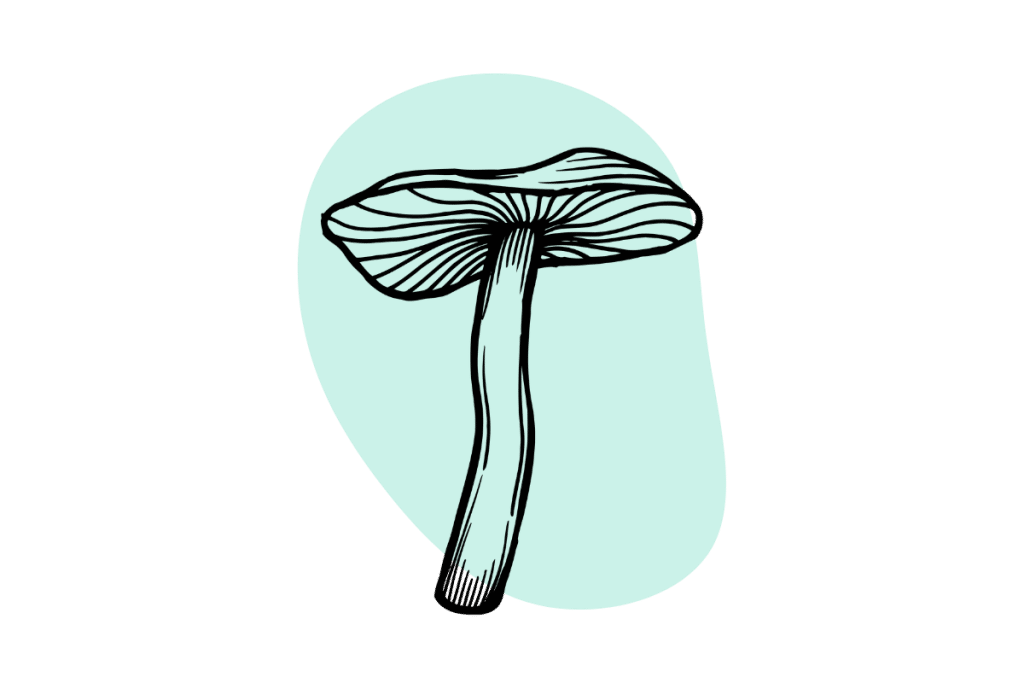
Where to Buy Magic Mushroom Spores in Serbia
Although Serbian law omits magic mushroom spores, we believe you’d do well in considering them illegal.
Also, Article 246 of the Serbian Penal Code punishes those using equipment or substances for producing narcotic drugs with up to eight years of imprisonment. This means growing magic mushrooms is likely considered illegal.
The only way you can find magic mushroom spores in Serbia is on the black market, and we suggest you don’t try to get them at all.
Do Magic Mushrooms Grow Wild in Serbia?
Yes, magic mushrooms grow naturally in Serbia.
Magic mushrooms grow naturally almost everywhere in the world; in Serbia, you can find up to six species. Next, we will mention some of them and tell you where they grow.
However, we recommend you don’t go foraging for these mushrooms, as some of them are similar in shape and color to poisonous species.
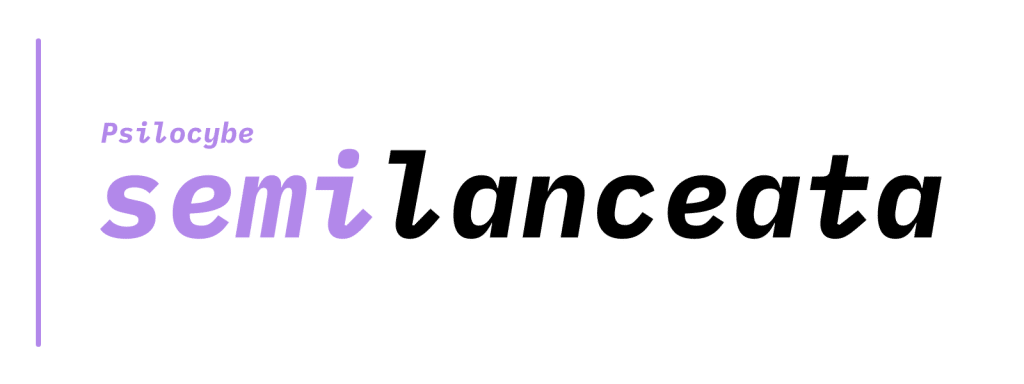
Psilocybe semilanceata
This species is native to Europe, so you will have no problem finding it. It usually grows after raining in forests or any humid place. Look for it between autumn and early winter.
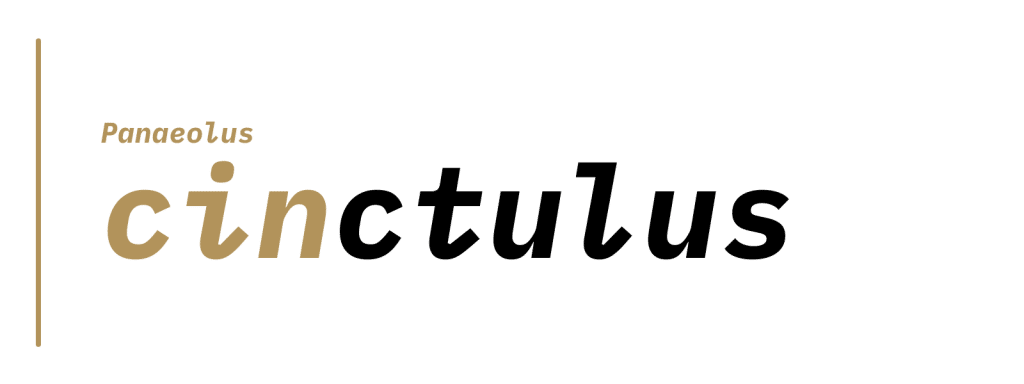
Panaeolus cinctulus
This is one of the best-known species of magic mushrooms and the most common of the genus Panaeolus. As the Psilocybe semilanceata, it grows mainly after abundant rainfall between spring and autumn. You will probably find it in compost heaps and lawns.
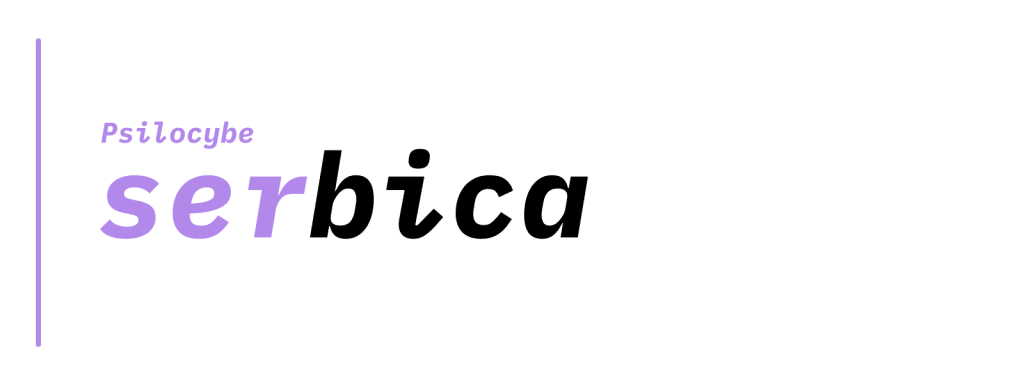
Psilocybe serbica
Also known as Psilocybe bohemica, this species is one of the most frequent in Serbia. It grows mainly in groups in deciduous and well-decayed coniferous wood. You may also find it on twigs, compost, plant debris, and forests.
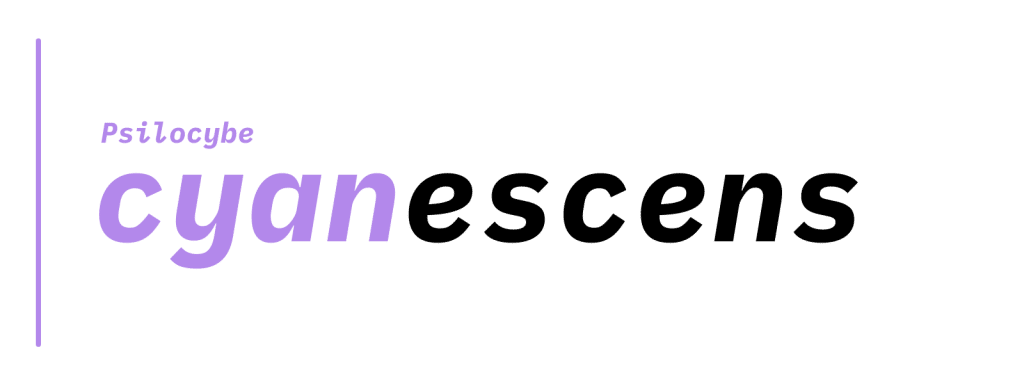
Psilocybe cyanescens
This species grows mainly during autumn at temperatures below 64°F in large numbers. It has a characteristic conical and very umbonate cap, large fruiting bodies, and more elongated spores. Look for it in wood chips in urban areas and on lignin-rich substrates.
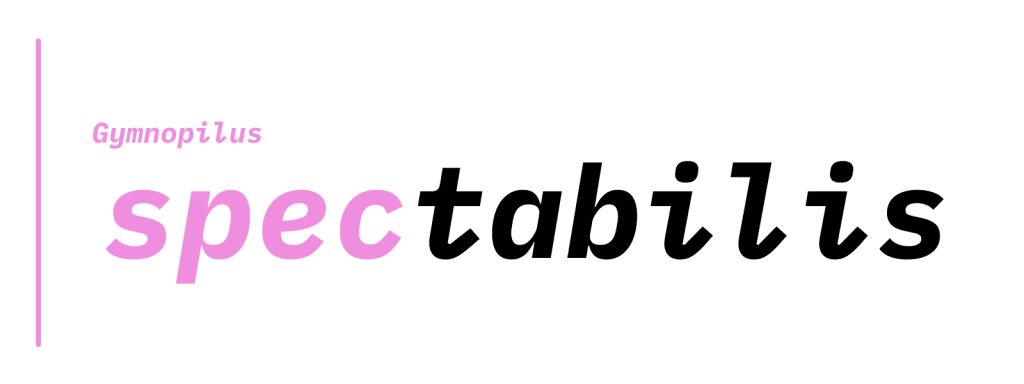
Gymnopilus spectabilis
This species is one of the easiest to identify because of its large size — 4-6 inches (10 to 15 cm) in diameter — and its striking ocher color. Look for it in autumn, on stumps and fallen branches of plane trees, pines, willow, and poplar.
What Are the Medicinal Uses of Shrooms?
Due to the proven efficacy of psychedelics as a treatment for various conditions, many countries in Europe and North America are considering legalizing them, especially psilocybin.
For example, magic mushrooms can help treat symptoms of depression by interacting with serotonin receptors. In fact, some patients report noticing improvements with only a microdose, and a single session could provide relief for months.
Also, this compound and LSD are excellent for patients with post-traumatic stress disorder (PTSD). These psychedelics can balance amygdala activity, decreasing anxiety and other symptoms characteristic of PTSD [1].
Moreover, it can improve the self-esteem of people affected by existential anxiety, a mental disorder that appears in elderly or terminally ill people.
Furthermore, although science can’t explain yet how they do it, many people can be relieved of cluster headaches thanks to psilocybin [2]. These pains can be very uncomfortable and cause nasal congestion, tearing, and a runny nose on the affected side of the head.
Mushrooms and other psychedelics can also help treat addiction by temporarily suppressing the brain’s default mode network (DMN) [3].
As if it wasn’t enough, psychedelics may also increase creativity and enhance problem-solving skills in some people.
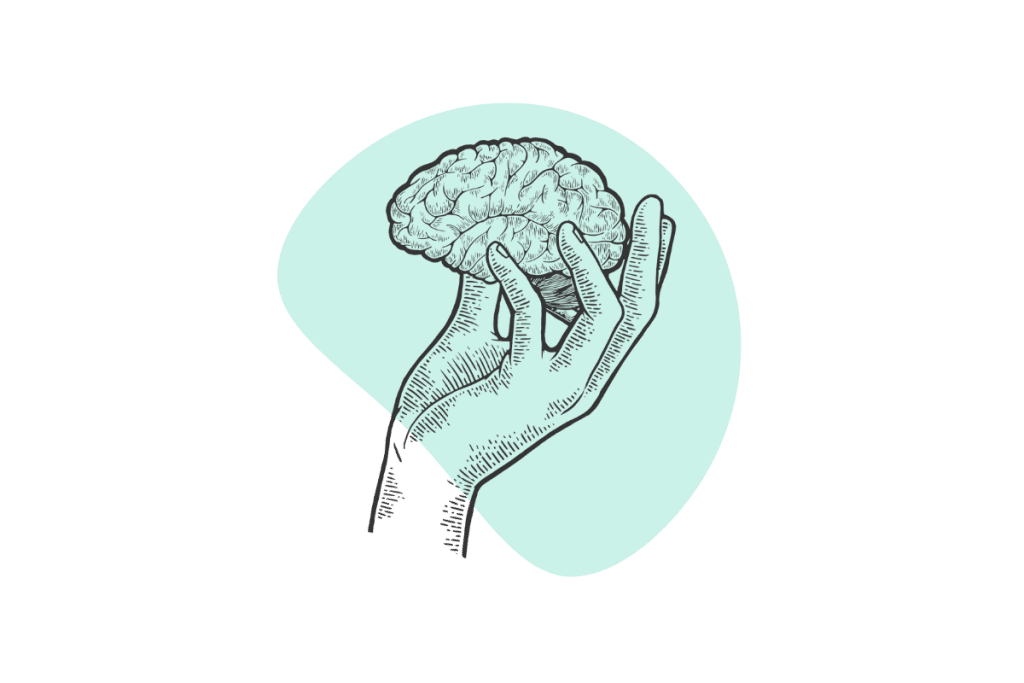
Is LSD Legal in Serbia?
No, LSD is illegal in Serbia.
Like psilocybin, LSD is a psychedelic with tremendous therapeutic potential for treating disorders such as depression and PTSD. It can also improve creativity and promote a greater sense of concentration and productivity even in microdoses.
Unfortunately, possessing small quantities of this substance is severely punishable in Serbia — up to three years in prison, depending on the exact amount.
Is DMT Legal in Serbia?
No, DMT is illegal in Serbia.
DMT is illegal in most parts of the world, and Serbia is no exception. This includes mixtures such as ayahuasca — and its smokable form, changa.
In Serbia, if the police catch you with small amounts of this substance, you can spend up to three years in prison. However, keep in mind that if authorities consider the amounts to be large enough, you can be imprisoned for up to 10 years.
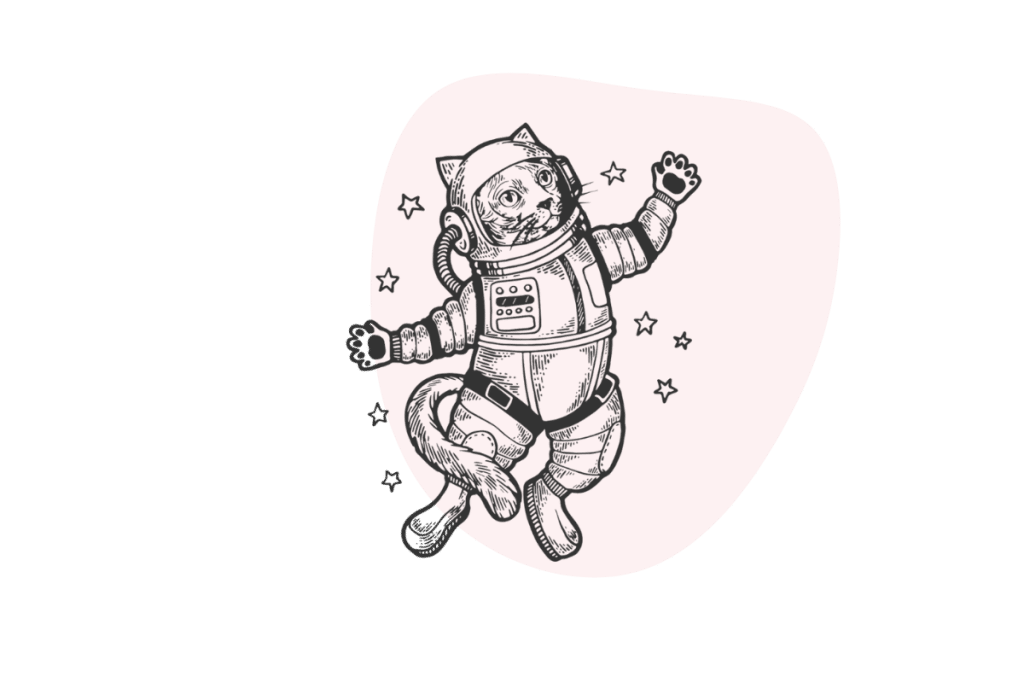
Is MDMA Legal in Serbia?
No, MDMA is illegal in Serbia.
MDMA has proven to be one of the most effective psychedelics for treating various conditions, mainly PTSD and anxiety. For this reason, Canada decided to legalize psychedelic-assisted therapy with this substance.
Still, it is illegal in Serbia and most of the world. If the Serbian police catch you with small amounts of MDMA, you can be imprisoned for up three years.
Is Ketamine Legal in Serbia?
No, ketamine is probably illegal in Serbia.
Ketamine is legally used as an analgesic or an anesthetic for animal surgery. In recent years it has also been discovered to be helpful in therapy for treatment-resistant depression and PTSD [4]. However, unauthorized use is punishable in most countries.
Although the Serbian law does not mention ketamine, we recommend that you consider it illegal, as it can produce similar effects to other hallucinogens.
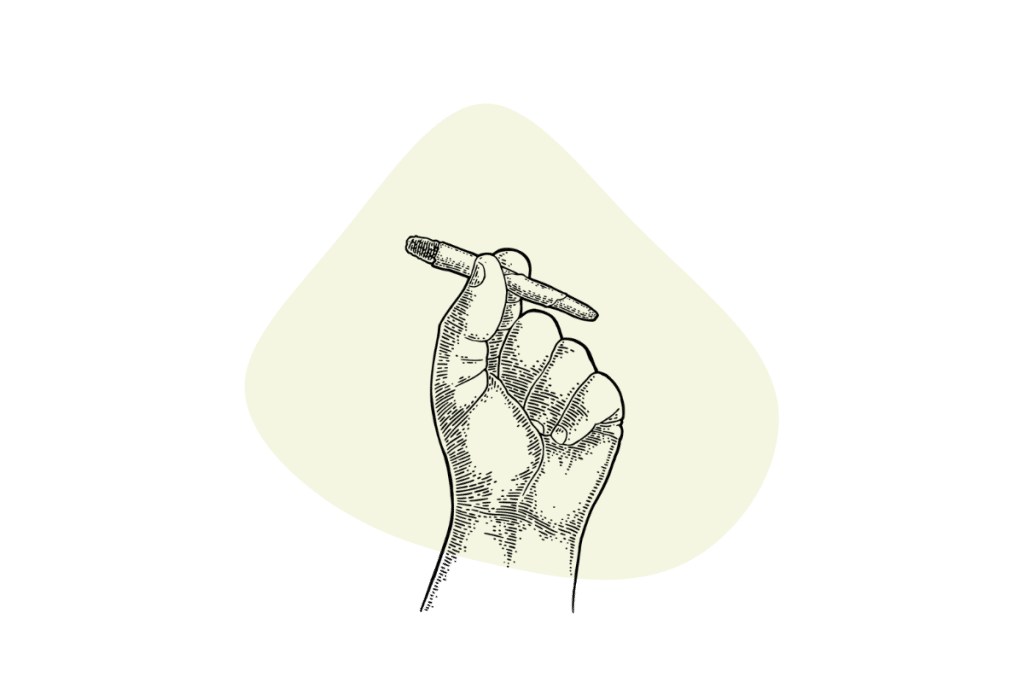
Is Marijuana Legal in Serbia?
Cannabis is illegal in Serbia, both for recreational and medical use.
Unlike many European countries, Serbia does not differentiate between cannabis and other drugs, so the penalties are equally harsh. Possessing any of its derivatives — such as delta 8, delta 9, delta 10, and CBD — in small quantities is punishable with up to three years in prison.
Furthermore, the penalties can be extended to up to twelve years of imprisonment for large amounts. You may also be sent to jail for eight years for cultivating it.
Unfortunately, Serbia does not show interest in changing cannabis laws. Therefore, everything is likely to remain the same in the short term.
What’s the Difference Between Legalization & Decriminalization?
You have probably heard several people confuse legalization with decriminalization. Although they sound similar, they are different concepts.
Decriminalizing a substance removes the penalties for minor offenses, such as possession or consumption. However, this does not mean that the law allows it — you simply won’t be treated or penalized as a criminal.
On the other hand, when a substance is legalized, all penalties are removed, and you can freely possess or commercialize it. This measure is most effective in eliminating drug-related violence and black markets.
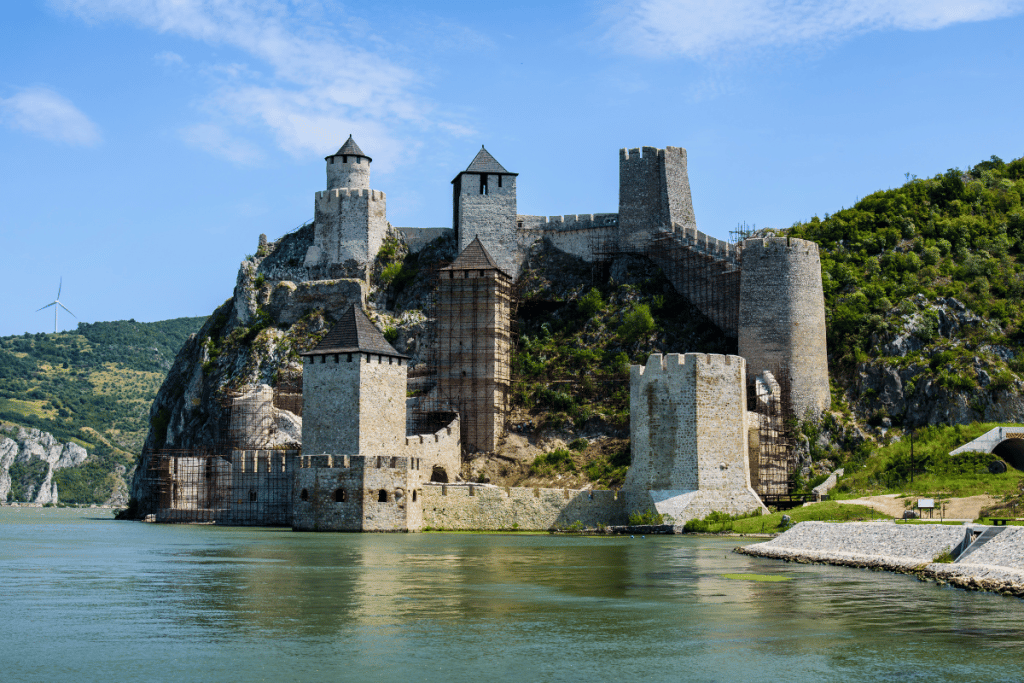
Key Takeaways: What’s the Future of Psychedelics in Serbia?
Unfortunately, Serbia is one of the most conservative countries regarding psychedelics, so the laws will probably remain the same in the near future.
Still, the growing research on psychedelics and the excellent results some countries that legalized them are experiencing may influence Serbian legislators to change their stance.
You can easily find various magic mushroom species growing wild in Serbia. However, as previously mentioned, we suggest you don’t hunt for them in the wild. We also advise you against trying to acquire them through illegal means.
References
- Krediet, E., Bostoen, T., Breeksema, J., van Schagen, A., Passie, T., & Vermetten, E. (2020). Reviewing the potential of psychedelics for the treatment of PTSD. International Journal of Neuropsychopharmacology, 23(6), 385-400.
- Sewell, R. A., Halpern, J. H., & Pope, H. G. (2006). Response of cluster headache to psilocybin and LSD. Neurology, 66(12), 1920-1922.
- Bogenschutz, M. P., Forcehimes, A. A., Pommy, J. A., Wilcox, C. E., Barbosa, P. C., & Strassman, R. J. (2015). Psilocybin-assisted treatment for alcohol dependence: a proof-of-concept study. Journal of psychopharmacology, 29(3), 289-299.
- Mandal, S., Sinha, V. K., & Goyal, N. (2019). Efficacy of ketamine therapy in the treatment of depression. Indian Journal of Psychiatry, 61(5), 480.

